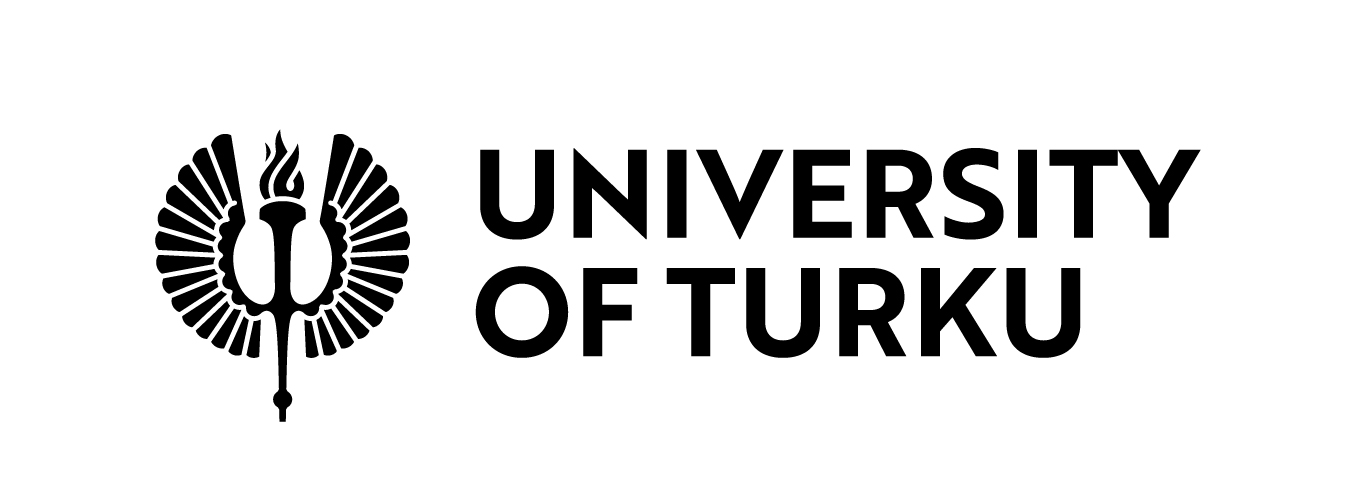Following fields are empty!
Journal of Emergency Management
Journal of Energetic Materials
Publication office: Taylor & Francis, Inc., 325 Chestnut Street, Suite 800, Philadelphia, PA 19106.
Journal of Energy Chemistry
Journal of Natural Gas Chemistry has renamed as Journal of Energy Chemistry starting from 2013During the past two decades, especially in the last decade, under the influence of many factors such as political, economic and social and environmental aspects, the trend of the energy exploration, research and applications has been extensively extended on one side, and are taking place deeply changes in the dramatic ups and downs on the other side. It is again revealed and confirmed that competition and innovation are the driving force for the development of science and technology. In consideration of this situation, we decide after more than two years of preparation to officially rename the Journal of Natural Gas Chemistry as the Journal of Energy Chemistry from 2013.Aims and ScopeThe Journal of Energy Chemistry is a publication that mainly reports on creative researches and innovative applications of chemical conversions of fossil energy, electrochemical energy and hydrogen energy, as well as the conversions of biomass and solar energy related with chemical issues to promote academic exchanges in the field of energy chemistry and to accelerate the exploration,research and development of energy science and technologies.The Journal functions as a medium for reporting original research papers dealing with topics in the fields of energy chemistry. It is devoted to up-to-date progress in the following fields all over the world:• Optimized chemical utilization of both conventional and unconventional fossil energies• Research and utilization of hydrogen energy• Conversion and storage of electrochemical energy• Capturing, storage and chemical utilization of CO2• New materials and nanotechnologies related to energy utilization• Chemical conversion of biomasses• Chemical approaches related to photo-catalysis
Journal of Energy Engineering
Journal of Energy Resources Technology
Addressing the wide-ranging topic areas of energy generation, conversion and storage, the Journal disseminates technical information – peer-reviewed scholarly work, Research Papers, Technical Briefs, and feature articles – of permanent interest to the Journal’s readership. Emphasis is given to extraction of energy from subsurface natural resource, petroleum engineering, natural gas technology, fuel/waste/underground combustion, underground storage/disposal with injection wells, alternative energy sources, power (co-) generation, and (geo) thermal energy storage and conversion systems. Authors present results from R&D studies, experience with new technologies, overview analyses, and computing algorithms.
Journal of Energy Storage
The journal offers a single, peer-reviewed, multi-disciplinary platform for scientists and engineers in academia, research institutions, government agencies and industry. The journal is also of interest to decision makers and technical, economic and policy advisers in these organisations.
The Journal of Energy Storage welcomes original research papers, reviews and short communications. Topics include, but are not limited to the following:
• Science, technology and applications of electrochemical, chemical, mechanical, electrical and thermal energy storage
• Engineering, control, optimization, numerical and modelling aspects of energy storage systems
• Demand and management of intermittency in large scale low-carbon power generation involving renewable energy sources using energy storage systems and other competing flexibility options such as flexible power plants, demand side management in households and industry, combined heat and power, or grid extensions
• Applications, load profiles and requirements of storage technologies in grid-scale electrical storage, electric vehicle transportation, traction applications, off-grid systems, uninterruptible power supplies, and portable electronic applications
• Management and control of large quantities of distributed storage systems as virtual large scale storage systems, including vehicle-to-grid, energy storage integrated with buildings, and multi-purpose and hybrid storage systems
• Testing, test procedures, evaluation, lessons learned, life cycle costs, life cycle assessment, and safety of energy storage systems
• Economic, policy and regulatory aspects, markets, market models, and market introduction concepts of energy storage systems.
The Journal of Engineering is an open access, peer reviewed journal providing a forum for the publication of original primary research findings across a broad spectrum of engineering. All articles are peer reviewed with a ‘binary’ accept or reject decision being made on the basis of the validity of the research being reported, including the soundness of the research methods employed and the analysis undertaken to reach conclusions.
This is a gold open access journal which means an Article Processing Charge (APC) of $1,150 USD is payable on acceptance of your paper.
Journal of Engineering Design
Journal of Engineering Design is an international publication that provides an essential forum for dialogue on insightful issues across all disciplines and aspects of the design of engineered products and systems. The Journal publishes pioneering best industrial practice as well as authoritative research, studies and review papers on the underlying principles of design, its management, practice, techniques and methodologies. Fully supported by an international editorial board, the Journal publishes only the highest-quality original research contributions and book reviews from all the major disciplines of engineering design. The Journal covers, but is not restricted to, the following topics: * aesthetics, style and form * collaborative design * creativity and innovation * design costing * design education and pedagogy * design for X, e.g. manufacturability, assembly, environment, sustainability * design management * design risk and uncertainty * design theory and methodology * designing product platforms, modularity and reuse * emotive design, e.g. Kansei engineering * ergonomics, styling and the design process * evolutionary design activity (product improvement & refinement) * global and distributed design * inclusive design and assistive technology * industrial design and total design * integrated design development * knowledge and information management * maintainability, sustainability, safety and standards * product introduction process and new product design development * quality, reliability and robustness * service design and design services * state-of-the-art reviews * systems design All published research articles in this journal have undergone rigorous peer review, based on initial editor screening and anonymous refereeing by independent expert referees.
Journal of Engineering Materials and Technology
Providing top-quality, peer-reviewed research papers on contemporary issues of engineering materials and technology, the journal covers a broad spectrum of issues regarding experimental, computational and theoretical studies of mechanical properties of materials, as well as mechanics of materials issues in metals, polymers, ceramics, composites, biomaterials, and nanostructured materials. Important topics include, multiscale characterization, modeling and experiments; high-temperature creep, fatigue and fracture; elastic -plastic behavior; environmental effects on material response, constitutive relations, materials processing, and microstructure mechanical property relationships.
Journal of Engineering Mathematics
The Journal of Engineering Mathematics promotes the application of mathematics to physical problems particularly in the area of engineering. It emphasizes the intrinsic unity, through mathematics, of the fundamental problems of applied and engineering science. Coverage includes:Mathematics: Ordinary and partial differential equations, Integral equations, Asymptotics, Variational and functional-analytical methods, Numerical analysis, Computational methods.Applied Fields: Continuum mechanics, Stability theory, Wave propagation, Diffusion, Heat and mass transfer, Free-boundary problems; Fluid mechanics: Aero- and hydrodynamics, Boundary Layers, Shock waves, Fluid machinery, Convection, Combustion, Acoustics, Multiphase flows, Transition and turbulence, Creeping flow, Rheology, Porous-media flows, Ocean engineering; Atmospheric engineering; Solid mechanics: Elasticity, Classical mechanics, Nonlinear mechanics, Vibrations, Plates and shells, Fracture mechanics, Biomedical engineering, Geophysical engineering, Reac
Journal of Engineering Mechanics
Journal of Engineering Physics and Thermophysics
The Journal of Engineering Physics and Thermophysics publishes the results of theoretical and experimental studies in the following fields:Thermophysics: Heat and mass transfer: Theory of heat conduction: Thermodynamics of irreversible processes: Theory of drying: Heat and mass transfer in disperse and porous systems: Rheodynamics:Rheology.The main focus of this publication is to highlight papers detailing with important, modern day problems, which challenge Scientists in the fields of Technology, Engineering and Physics. Journal of Engineering Physics and Thermophysics is an English translation of the Russian language journal Inzhenerno-fizicheskii Zhurnal, a publication of the Academy of Sciences of Belarus. The English edition has been published since the very first volume of the Russian journal appeared in 1965. Both editions are published bimonthly. As the entire content is available in both Russian and English, this valuable resource can reach a global audience, thus facilitating international communication between researchers involved in similar studies across the world, this is further facilitated by the online availability of the journal through www.SpringerLink.com. The Russian Volume Year is published in English from April.All articles are peer-reviewed.
Journal of Engineering Technology
Journal of Engineering Thermophysics
The Journal publishes original articles in the English language based on the research work of academic institutes in Russia and CIS. The Journal welcomes original works in thermophysics from various countries. The Journal focuses on experimental work, theory, analysis, and computational studies for better understanding of engineering and environmental aspects of thermophysics. The editorial board encourages the authors to submit papers with emphasis on new scientific aspects in experimental and visualization techniques, mathematical models of thermophysical process, energy, and environmental applications. The Journal covers all subject areas of thermophysics, including heat and mass transfer, multiphase flow, conduction, radiation, combustion, thermogasdynamics, rarefied gas flow, environmental protection in power engineering, and many others.Until 2002 the Journal was titled the Russian Journal of Engineering Thermophysics.
Journal of Engineering and Technology Management
The Journal of Engineering and Technology Management (JET-M) is an international scholarly refereed research journal which aims to promote the theory and practice of technology, innovation, and engineering management.The journal links engineering, science, and management disciplines. It addresses the issues involved in the planning, development, and implementation of technological capabilities to shape and accomplish the strategic and operational objectives of an organization. It covers not only R&D management, but also the entire spectrum of managerial concerns in technology-based organizations. This includes issues relating to new product development, human resource management, innovation process management, project management, technological fusion, marketing, technological forecasting and strategic planning.The journal provides an interface between technology and other corporate functions, such as R&D, marketing, manufacturing and administration. Its ultimate goal is to make a profound contribution to theory development, research and practice by serving as a leading forum for the publication of scholarly research on all aspects of technology, innovation, and engineering management.Benefits to authorsWe also provide many author benefits, such as free PDFs, a liberal copyright policy, special discounts on Elsevier publications and much more. Please click here for more information on our author services.Please see our Guide for Authors for information on article submission. If you require any further information or help, please visit our support pages: http://support.elsevier.com
Journal of Engineering for Gas Turbines and Power
Journal of Engineering, Design and Technology
A CIB-recognised journal publishing practically-minded quality research aimed at all interested parties in the engineering, design and technology sectors

